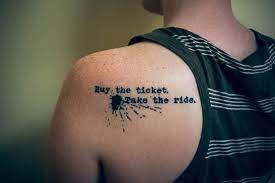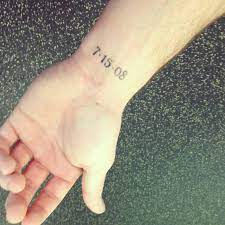
Tattooing is an intriguing craft that requires artistry and precision to execute successfully. We’re delighted to present the Ultimate Tattoo Supply Collection: an expertly selected set of supplies designed to elevate your art to new heights.
Stage 1
As part of its healing process, your tattoo may form scabs; this is completely normal and usually lasts a week. At this stage, the skin may feel extremely dry; therefore, a good moisturizer must be used regularly to combat dryness. Furthermore, itching may occur; avoid scratching off at this stage for best results!
Tattoo ink begins to fade as scabbing sets in. This process may last anywhere between one month and six. While your tattoo may appear dull and grayish at this stage, this is just due to scabbing; eventually, it will return vibrant and sharper than before.
Redness is quite normal and will typically last only a few days; however, if it persists beyond this timeline or worsens with increasing pain or green-to-yellow fluid oozing from your wound, it should be treated immediately by consulting a physician. If this occurs, contact them directly!
Stage 2
Once around day six or seven has passed, you should begin experiencing itching as the scabs thicken. While itching may be expected, resist the urge to scratch, as doing so can lead to skin infections and distort the final look of your tattoo design. Frequent moisturizing with unscented lotion may help alleviate these symptoms.
Scratching at this stage may cause severe scarring and delay the healing of your tattoo, so no further trauma must be caused by touching, rubbing, or otherwise disturbing its site with clothing, towels, or any other objects.
At this stage, your skin and tattoo may become flaky and appear ugly, tempting you to peel them away, but it is best left alone as they will fall off naturally over time. This phase typically lasts 2-4 days; continue applying lotion as recommended, and avoid sunbathing or damaging your tattoo until it’s fully healed.
Stage 3
All oozing should have stopped at this stage, and most of the scabs should have fallen away. While your tattoo may still feel itchy occasionally, use white unscented lotion to soothe its irritation and avoid scratching; scratching can lead to infection, scarring, and distortion of its design.
At this stage, it is common for the skin to remain red; however, it should start healing soon. Seek medical advice if the redness does not subside or worsens; this could indicate infection or an allergic reaction from the ink used on your body.
At this stage, it’s common for your tattoo to look slightly cloudy; however, its deeper layers should have completely healed. Therefore, it is vital to continue using moisturizing lotions daily – this way, your tattoo will continue to heal perfectly without picking at its scabs!
Stage 4
Most oozing and itching should have subsided by this stage, as will most big flakes. Your tattoo should appear duller and cloudier as more profound layers of the skin heal; be sure to wash, rinse, and moisturize twice daily – without applying too much lotion, as this could suffocate it and lead to infection. Additionally, covering and protecting from direct sunlight is still vital as UV radiation could harm a new, healing tattoo.
Applying the basic skin care steps outlined in an aftercare guide will assist your tattoo in healing faster, remaining vibrant, and looking exactly how it should. Every tattoo heals differently, but by following this guide and continuing your aftercare routine, you are on your way to having the tattoo you’ve always dreamed of!

